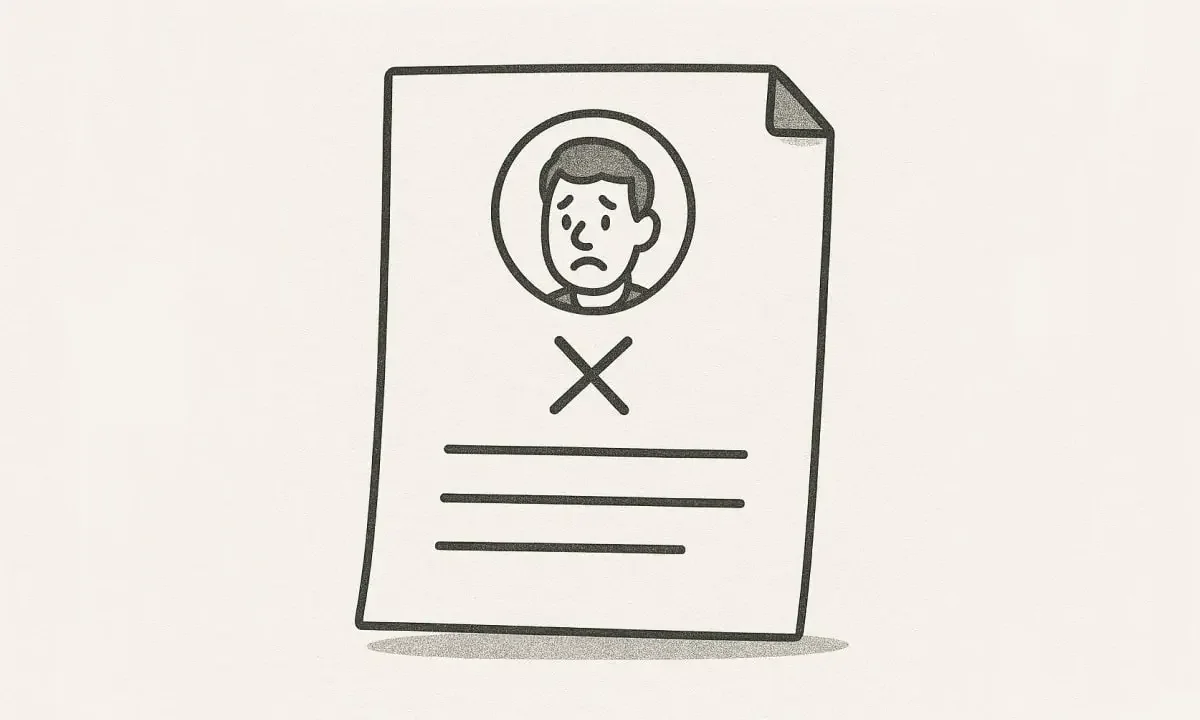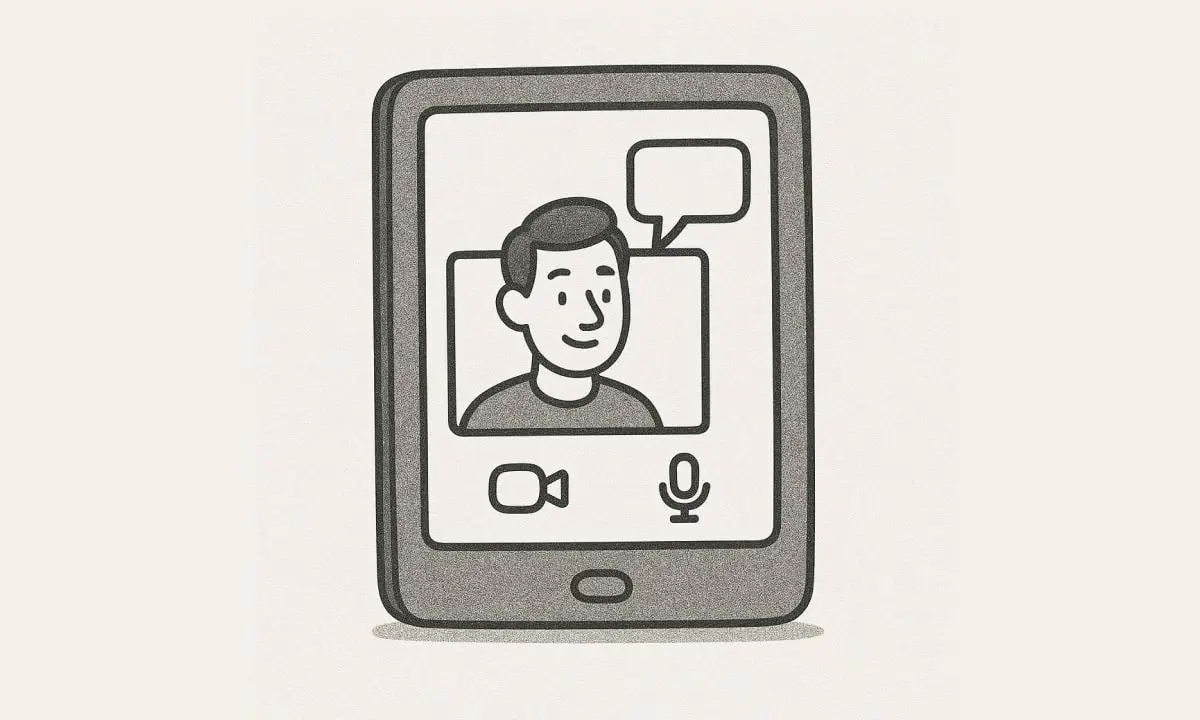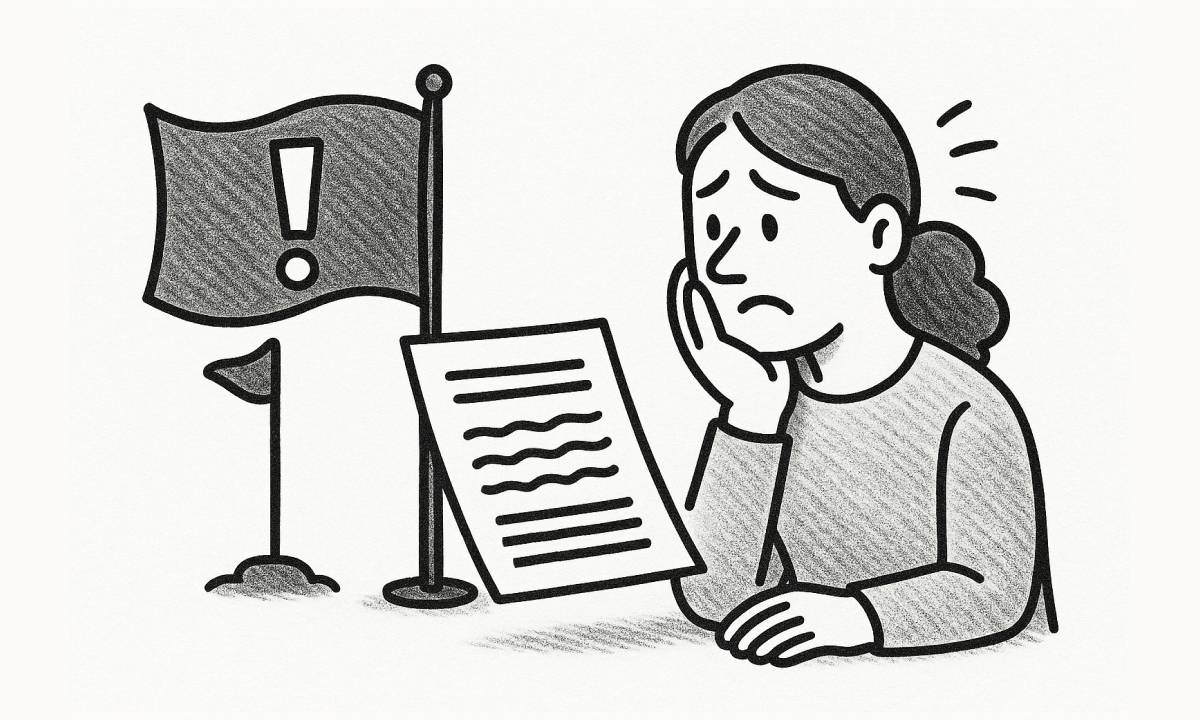If you’ve ever seen the dreaded “Twitter rate limit exceeded” message while scrolling, posting, or managing your account, you’re not alone. As Twitter evolves, rate limits have become a crucial part of how the platform protects itself from spam, bots, and server overload. But what exactly does it mean? Why does it happen? And how can you avoid it—especially when you’re trying to clean up your timeline or manage tweets in bulk?
This guide breaks down everything you need to know about twitter rate limit, why it exists, and how to work around it safely without risking your account.
What Is the Twitter Rate Limit?
The twitter rate limit is essentially a cap on how many actions you can perform in a certain timeframe. It applies to things like API requests (used by apps and tools), tweets, likes, follows, and even direct messages. When you hit these limits, Twitter temporarily blocks further activity until the window resets.
This system prevents abuse, helps keep servers stable, and protects users from automated spam behavior.
It’s important not to confuse rate limits with the twitter character limit. While the character limit restricts how long a single tweet can be (currently 280 characters for most users), rate limits control how often you can perform actions in bulk.
Why Does Twitter Have Rate Limits?
Rate limits were designed to stop:
- Spammers and bots flooding the platform.
- Mass automation from overloading Twitter’s API.
- Malicious users from exploiting the system with bulk actions like fake likes or mass following/unfollowing.
For most users, rate limits are invisible unless you’re performing rapid actions, such as trying to delete all tweets at once or mass liking dozens of posts in seconds.
Common Actions That Can Hit Twitter Rate Limits
It’s surprisingly easy to trigger limits if you’re not careful. Some of the most common actions include:
- Rapidly following or unfollowing dozens of accounts.
- Liking hundreds of tweets within a short period.
- Using third-party apps to delete tweets or manage multiple accounts simultaneously.
- Sending too many direct messages in a few minutes.
- Posting tweets back-to-back without breaks.
Even well-meaning activities, like cleaning up your old timeline, can count against your limit if done too quickly.
How to Avoid Hitting Twitter Rate Limits
The key to avoiding limits is pacing your activity. Here’s how:
- Spread out bulk actions over several hours.
- Use trusted apps that respect Twitter’s API restrictions.
- Avoid repetitive behaviors like mass following or mass retweeting.
- Break large tasks (like deleting 10,000 tweets) into smaller batches.
By working within Twitter’s boundaries, you’re less likely to see the “rate limit exceeded” error.
What to Do If You Hit a Rate Limit
If you find yourself blocked by a rate limit:
- Wait it out. Most limits reset within 15 minutes to 1 hour.
- Log out and back in. Sometimes this clears minor sync issues.
- Check official documentation for current API and user limits, as they can change over time.
If you’re using a third-party tool, ensure it’s optimized to handle Twitter’s limits properly.
Using TweetDeleter Without Triggering Rate Limits
When you want to clean your Twitter history, tools like TweetDeleter can help you manage bulk actions efficiently without breaking limits. TweetDeleter is designed to work within Twitter’s API guidelines, so you can delete large numbers of tweets without getting flagged.
With TweetDeleter, you can:
- Delete tweets by keyword, date, or tweet type.
- Remove hundreds or thousands of tweets safely.
- Schedule automatic deletions for a continuously clean timeline.
Learn more about the twitter rate limit and how TweetDeleter avoids triggering it while helping users stay in control of their online presence.
Best Practices When Cleaning Your Twitter
Before starting a major cleanup:
- Download your Twitter archive to save your data.
- Delete tweets in smaller batches rather than all at once.
- Consider clearing likes and retweets for a more thorough reset.
- Review your privacy settings to reduce future risks.
Conclusion: Manage Twitter Rate Limits the Smart Way
Rate limits aren’t your enemy—they’re there to keep the platform safe and stable. But understanding them can save you from frustration, especially when managing your account or cleaning up old tweets.
With tools like TweetDeleter, you can perform bulk deletions and manage your timeline without triggering errors. Take the time to pace your actions, stay within Twitter’s boundaries, and enjoy a smoother, more controlled Twitter experience.
About TweetDeleter
TweetDeleter.com is one of the most trusted tools for managing your Twitter history. It allows you to delete tweets in bulk, filter them by date or keywords, and even set up automatic deletion rules. Trusted by millions of users, it’s the fastest and safest way to maintain a clean and professional Twitter presence.







